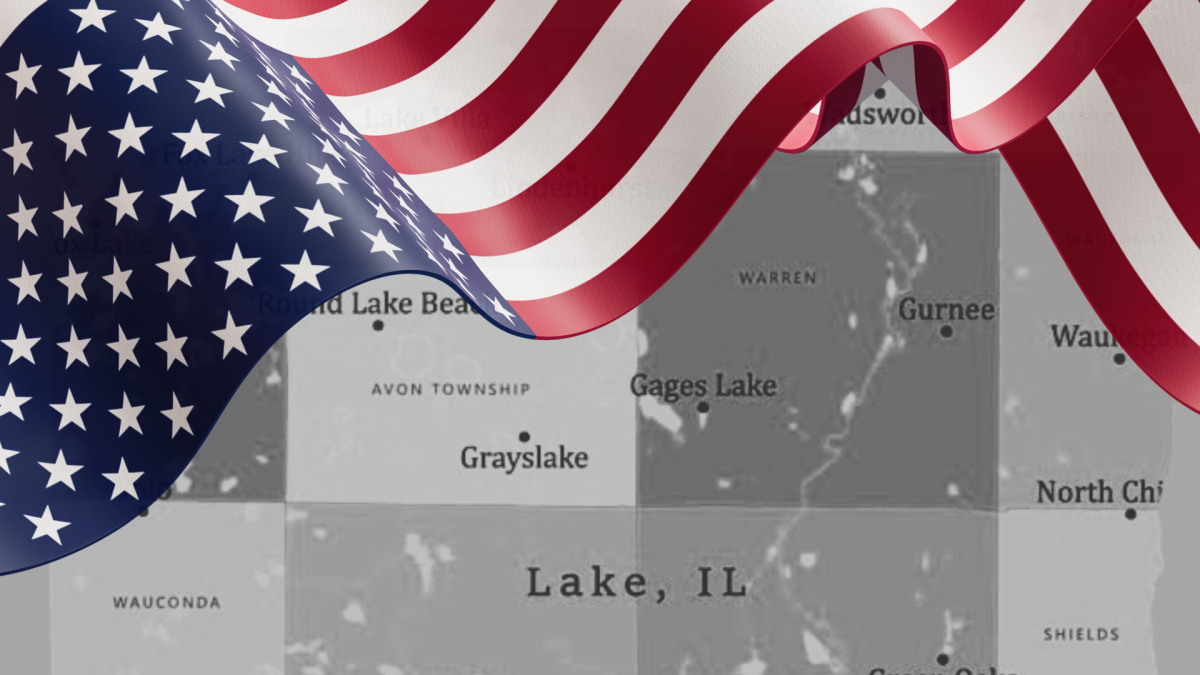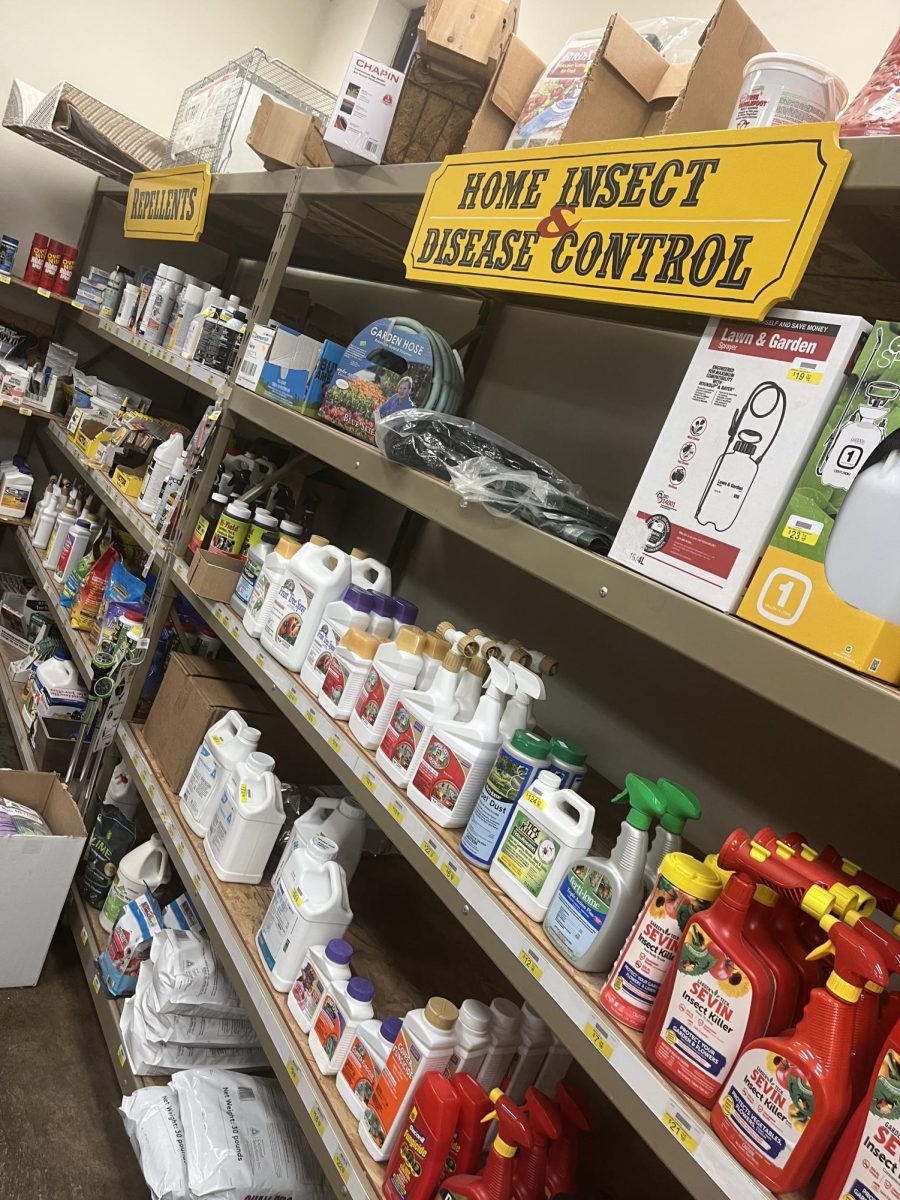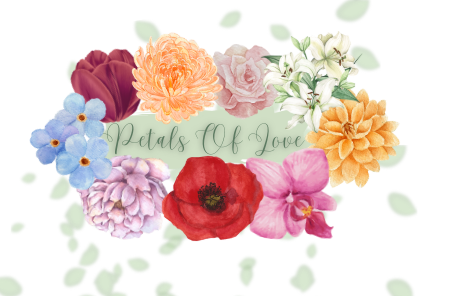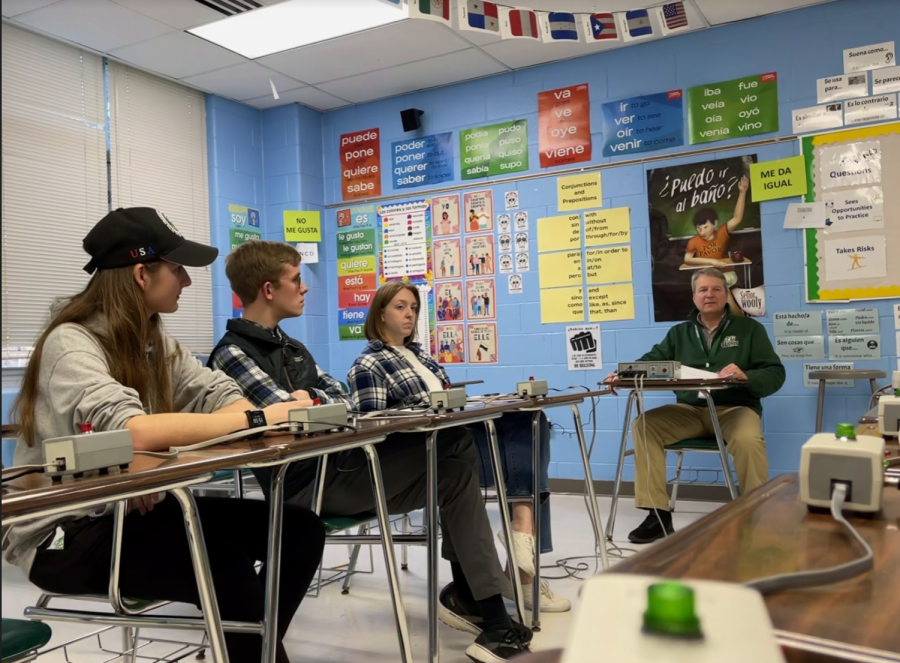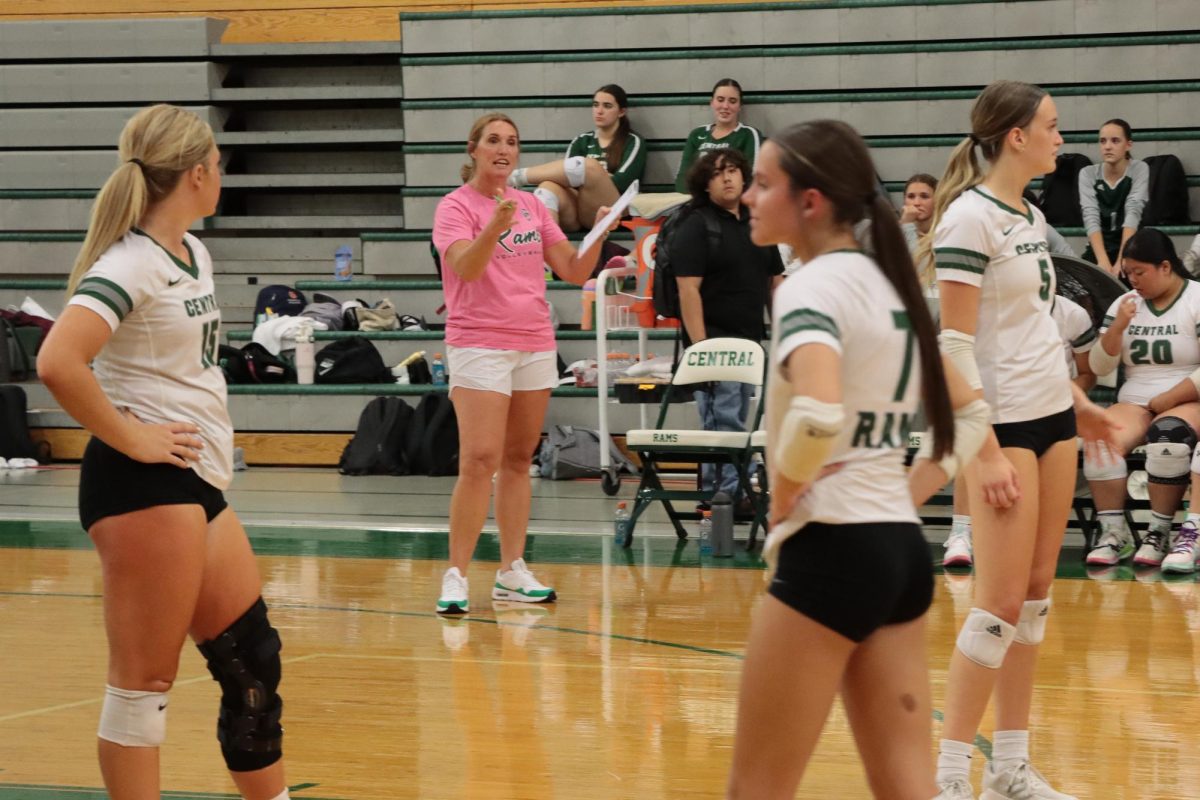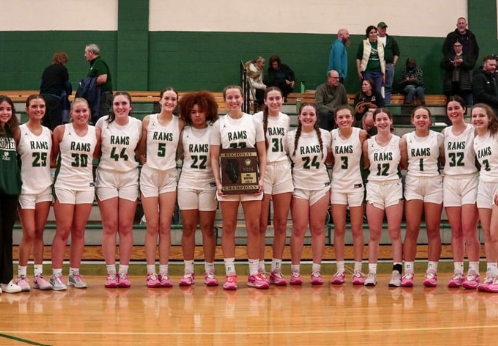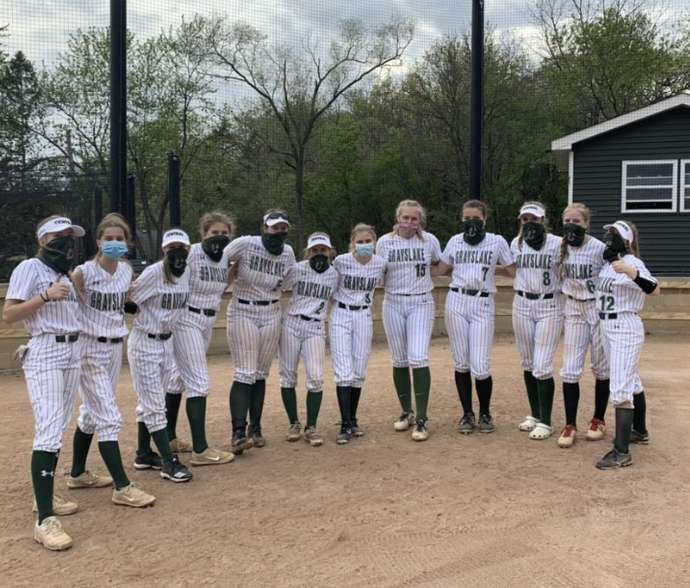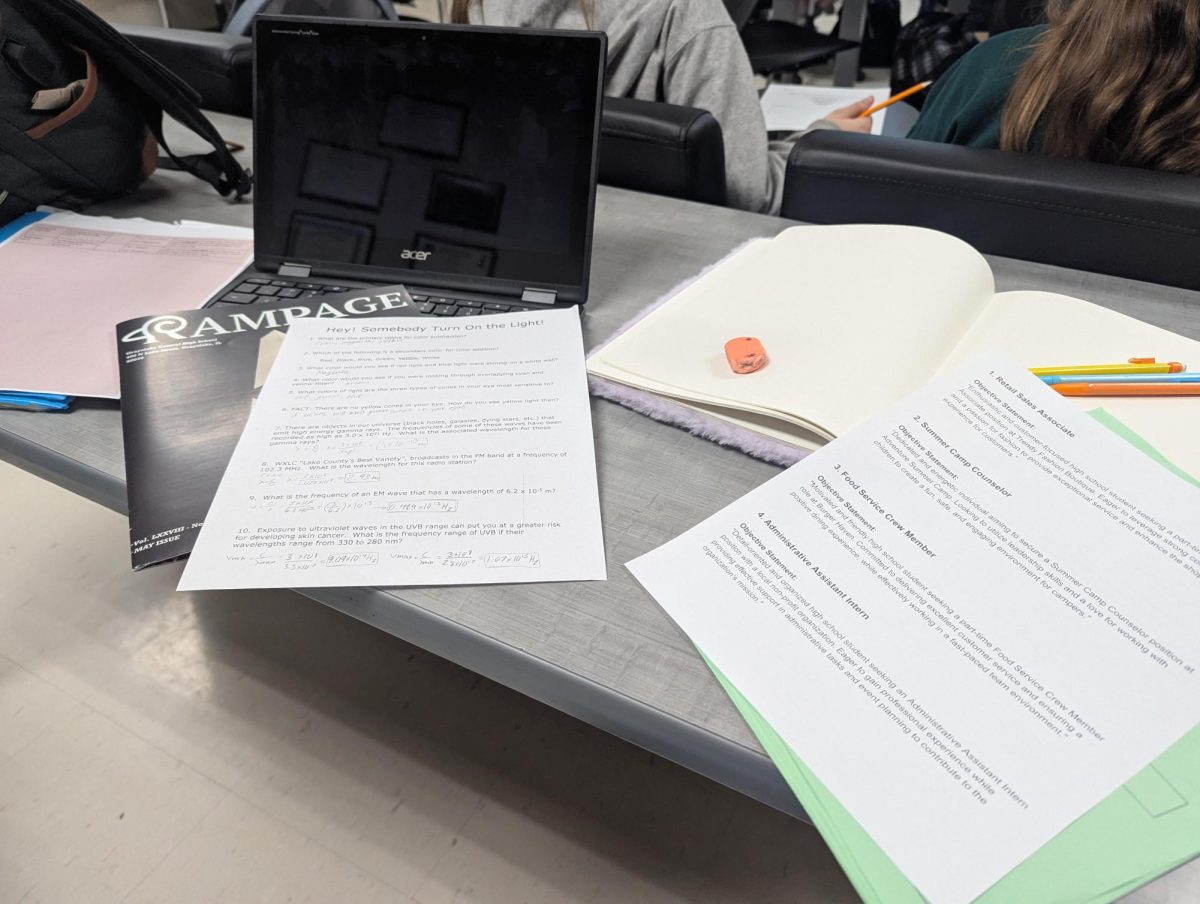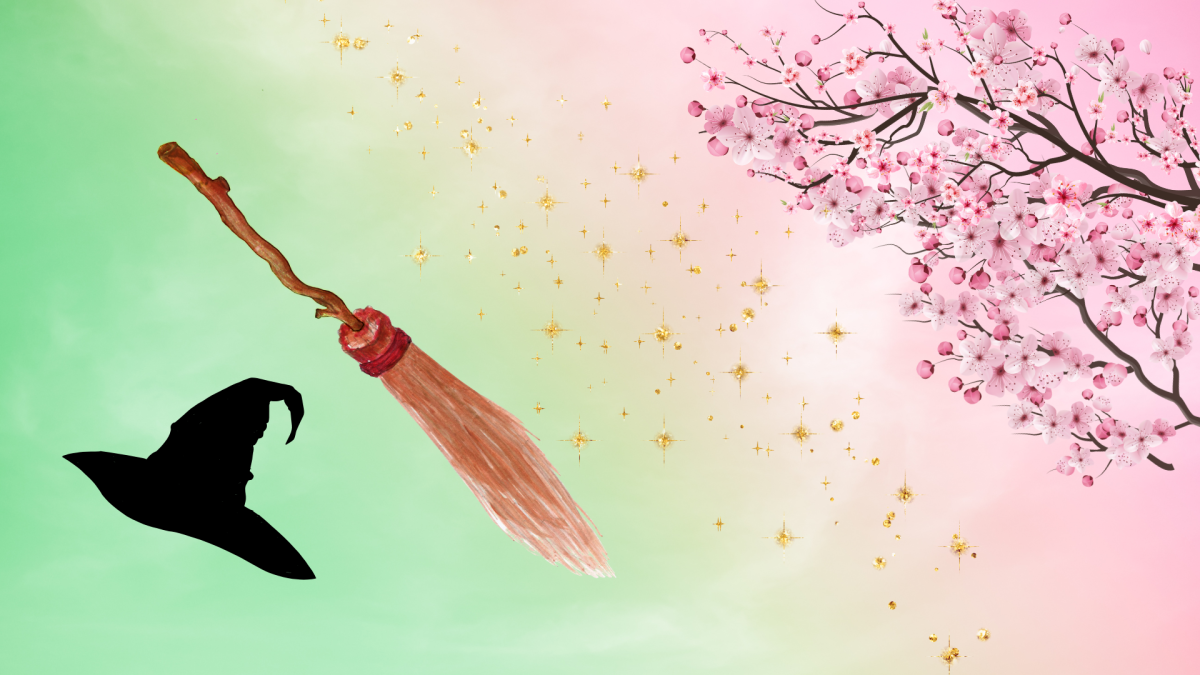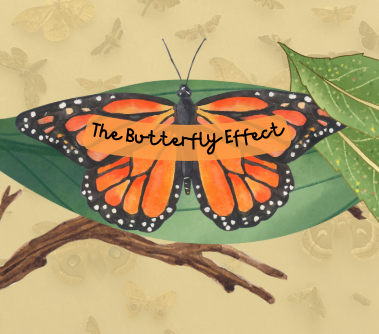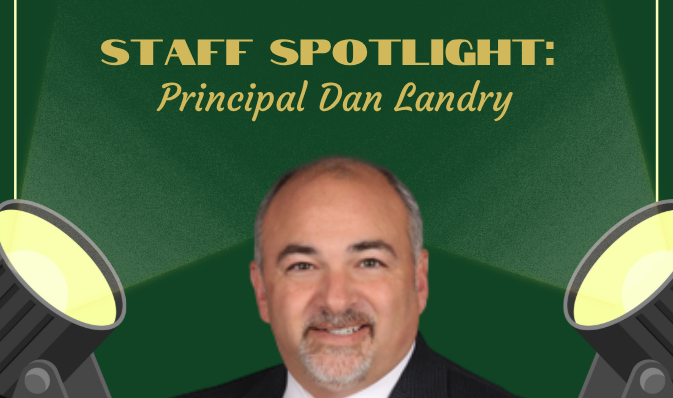When you think of pollinators, bees, wasps, and even bats may come to mind. However, with over 160,000 species worldwide, butterflies and their nocturnal counterparts, moths, are among the most effective pollinators. Sadly, both butterflies and moths are facing endangerment. With March 14th marking National Learn About Butterflies Day, it’s the perfect opportunity to not only share silly facts but also to explore the world of these remarkable creatures. This day encourages us to understand the challenges they face and consider the ways we can help preserve them for future generations.

National Learn About Butterfly Day began as an initiative to raise awareness about these creatures. It was created by nature enthusiasts and conservation organizations in an effort to inspire a want for education on butterflies and moths, as well as a way to celebrate their contributions to our world. Deborah Seiler of the Xerces Society emphasizes their importance, stating that “Butterflies are important pollinators, food for other animals, and herbivores in nearly every terrestrial ecosystem on Earth. They inhabit almost every terrestrial habitat, from sea level to mountain tops, and from deserts to tropical rainforests.”
Unfortunately, these vital insects are facing a deadly ultimatum. According to Taran Lichtenberger, Chicago Botanic Garden’s M.S. Community Science Programs Manager, “Butterflies face a variety of threats. Just like many other pollinators, habitat loss endangers the food source for many butterflies. Agriculture also increases pesticide use, which can harm butterflies and other pollinators.” When asked about how Climate Change affected butterflies, Lichtenberger responded by saying “Drought or extreme weather that eliminates butterfly habitats makes it increasingly difficult for butterfly survival. Rising temperatures and heat extremes can stress butterflies, leading to dehydration and death.” She also spoke on how the migration patterns of butterflies like Monarchs are affected by temperature changes, shifting the timing and route of their journeys, which can impact food and reproduction.
There is hope however, as the Xerces Society provides an easy guide to helping conserve all pollinators, including butterflies.
Step 1: Grow Pollinator-Friendly Flowers. Adding flowers and other plants that promote natural pollination behaviors will help support them throughout the year. The Chicago Botanical Gardens has an in-depth list for planting beneficial flora on their website.
Step 2: Provide Nest Sites. Pollinators need support in all life stages, eggs and larvae included. For specific nesting needs, visit the Xerces Society’s online resources.
Step 3: Avoid Pesticides. Harsh chemicals can reduce food sources for pollinators, and insecticides can harm the insects themselves. An easy way to fix this is to use alternative methods, which there are plenty of.
Step 4: Spread the Word. Social Media is a good way to speak on the importance of pollinators, and the danger they’re in. The Xerces Society also has a Pollinator Protection Pledge, which makes an official promise to protect the critters in danger.
We can all do our part to help local pollinators. They are so incredibly important, and as one of the most effective pollinators, butterflies hold a special place in ecosystems, so it’s our job to give back and protect them, both for the future and our current world.




